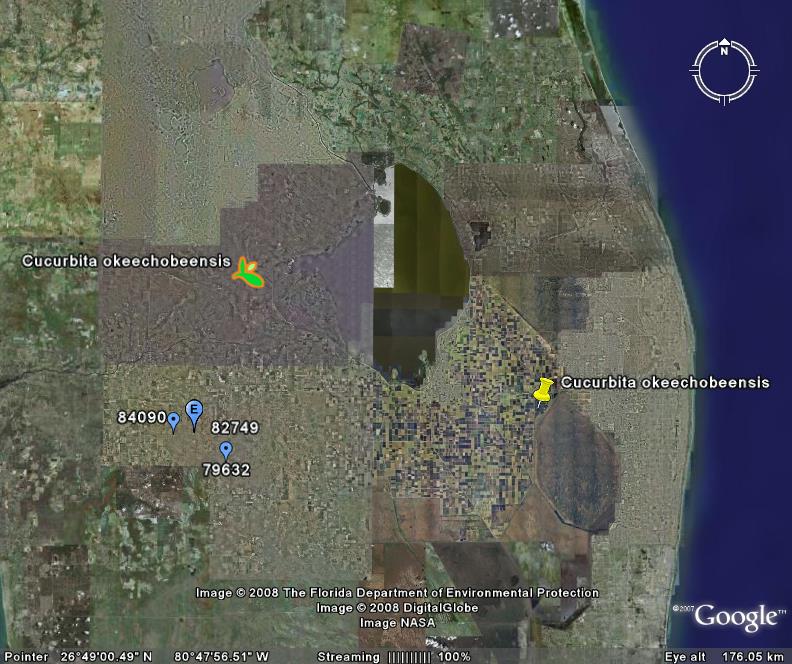Does it make sense to conserve crop wild relatives in situ? That’s an extreme way of asking the question, I know, but maybe it is worth putting it as starkly as possible. To concentrate minds, let us say. Such musings were triggered (not for the first time) by the latest niche modelling study trying to predict what will happen to species distributions under climate change.
As usual, it’s not good. Working on the California flora, researchers at Berkeley found “that two thirds of … ‘endemics’ could suffer more than an 80% reduction in geographic range by the end of the century.” The average shift in range will be 150 km, and in many cases there will be no overlap between the old and new ranges. Current hotspots of diversity will disappear. That’s in line with studies more focused specifically on crop wild relatives.
However, “[t]he authors [also] identified several ‘climate-change refugia’ scattered around the state. These are places where large numbers of the plants hit the hardest by climate change are projected to relocate and hang on.”
The usual caveats apply. In particular, the exact results for a given species will depend on whether it can migrate and/or adapt fast enough to track changing climates. But let’s think it through. The global strategy for crop wild relatives conservation says we should
Identify globally, and within each region, a small number of priority sites (global = 100, regional = 25) for the establishment of active CWR genetic reserves.
Let’s assume we identify such a site, because of its interesting or high diversity, say. What would really be the best way of conserving the population(s) found there? If migration is fast enough to track climate across the landscape, surely it would be best to conserve the population ex situ, rather than moving the protected area every once in a while.
If migration cannot keep up with climate, there are only two possible outcomes. Either the population dies out, in which case of course ex situ is the only option. On the other hand, if adaptation occurs, and the population persists, the selection pressure is likely to be so strong and so centred on temperature and water availability, that many useful alleles for other non-climate related traits are likely to be winnowed out. Again, you’d probably want to conserve the population ex situ anyway.
So I guess the answer to the question I started out with is a heavily qualified affirmative. Yes, it does make sense to conserve crop wild relatives in situ. BUT. Only if you also do it ex situ, and only if you do it with a view to what distributions are likely to look like in a hundred years’ time. We should all be looking for those “climate change refuges.” But we should also be collecting those crop wild relatives as fast and as completely as possible.
